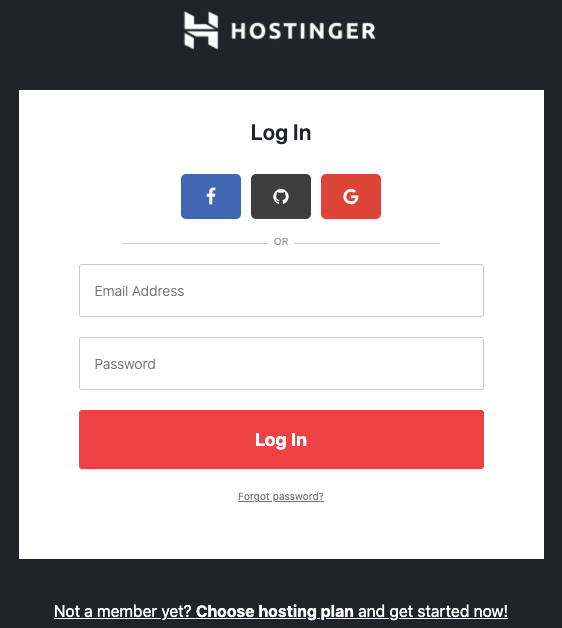
#HOSTINGER HOW TO DOWNLOAD AND INSTALL WORDPRESS SUBDOMAIN INSTALL#
An Introduction to XAMPPĪ few crucial ingredients are needed if you want to install WordPress locally.

First, however, you’ll need a tool that will make the process of setting up a locally-hosted site quick and easy. By creating a local WordPress site, you can try out various solutions, and easily restore previous versions of your site should you make any mistakes.įor these reasons, creating a locally-hosted WordPress site is highly recommended for just about any development project.
Site debugging and troubleshooting: Working under the hood of your live site in order to resolve bugs or other issues may lead to bigger problems (and, potentially, costly downtime). Website staging: You can create a copy of a live website, which can then be used for testing purposes. Creating new themes and plugins: When using a local site, you don’t need to worry about any of the issues you might encounter when developing on a live WordPress site. Local websites are perfect for performing the following types of tasks: As such, this type of site can serve as a safe environment, in which new features and troubleshooting methods can be tested. Let’s dive in! Why You Might Need a Local WordPress SiteĪ locally-hosted WordPress site is one that is only accessible by people on your network (that is, there are no live components). Finally, we’ll cover how to use XAMPP with a WordPress multisite installation. We’ll also discuss some best practices for experimenting with code and testing WordPress using XAMPP. 
Run XAMPP and configure your environment.In this article, we’ll explore how to use XAMPP to set up a local web server for developing and testing your WordPress site. Doing this enables you to safely test your site’s features and functionality, on a site that’s completely private. Setting up a locally-hosted environment is a crucial step in any WordPress development project.






 0 kommentar(er)
0 kommentar(er)
